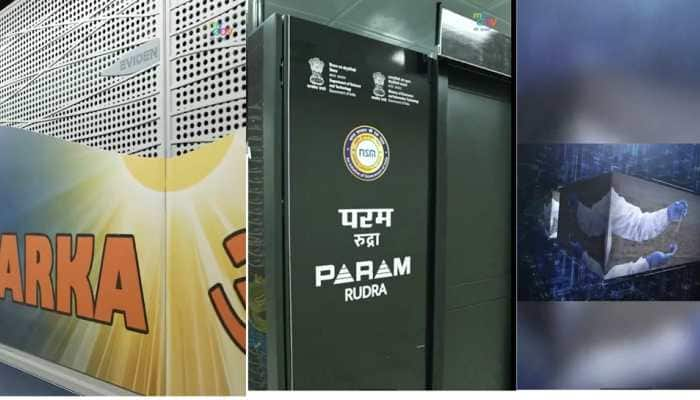Researchers slow speed of light to a crawl
Researchers from France and China have managed to throttle the group velocity of light back to less than one billionth of its top speed.
Trending Photos
)
Washington: Researchers from France and China have managed to throttle the group velocity of light back to less than one billionth of its top speed.
The team said that the ability to slow light in this manner may one day lead to new technologies in remote sensing and measurement science.
The new approach to manipulating light, conducted by a group from France`s Universite de Nice-Sophia Antipolis and China`s Xiamen University, uses little power, does not require an external electrical field, and operates at room temperature, making it more practical than many other slow light experiments.
Putting the brakes on light can help scientists compare the characteristics of different light pulses more easily, which in turn can help them build highly sensitive instruments to measure extremely slow speeds and small movements, Umberto Bortolozzo, one of the authors on the Optics Express paper, said.
In a second paper, also published today and appearing in OSA`s journal Optics Letters, Bortolozzo and colleagues from the Universite de Nice-Sophia Antipolis and the University of Rochester describe an instrument that uses slow light to measure speeds less than one trillionth of a meter per second.
Scientists have known for a long time that a wave packet of light becomes more sluggish when it travels through matter, but the magnitude of this slow-down in typical materials such as glass or water is less than a factor of two. "The question is: can we do something to the matter in order to make light slow down much more considerably?" Bortolozzo said.
The key to achieving a significant drop-off in speed is to take advantage of the fact that when light travels as a pulse it is really a collection of waves, each having a slightly different frequency, Bortolozzo said.
However, all the waves in the pulse must travel together. Scientists can design materials to be like obstacles courses that "trip up" some of the waves more than others. In order to exit the material together, the pulse must wait until it can reconstitute itself.
Bortolozzo`s team used a liquid crystal similar to the materials used in LCD television and computer displays that could operate in a simple setup, does not require external voltages or magnetic fields, and works at room temperature and with very low optical power.
They added a chemical component that twisted the liquid crystal molecules into a helical shape and then added dye molecules that nestled in the helical structures.
The dye molecules change their shape when irradiated by light, altering the optical properties of the material and hence changing the relative velocities of the different wave components of the light pulse as it travelled through. In addition, the helical structure of the liquid crystal matrix ensures a long lifetime of the shape-shifted dyes, which makes it possible to "store" a light pulse in the medium and later release it on demand.
Bortolozzo said that the approach `allows them to measure extremely low speeds in only one second of measurement time.
The study has been published in the Optical Society`s (OSA) open-access journal Optics Express.
ANI
Stay informed on all the latest news, real-time breaking news updates, and follow all the important headlines in india news and world News on Zee News.
Advertisement
Live Tv
Advertisement







)
)
)
)
)
)
)
)
)
)
